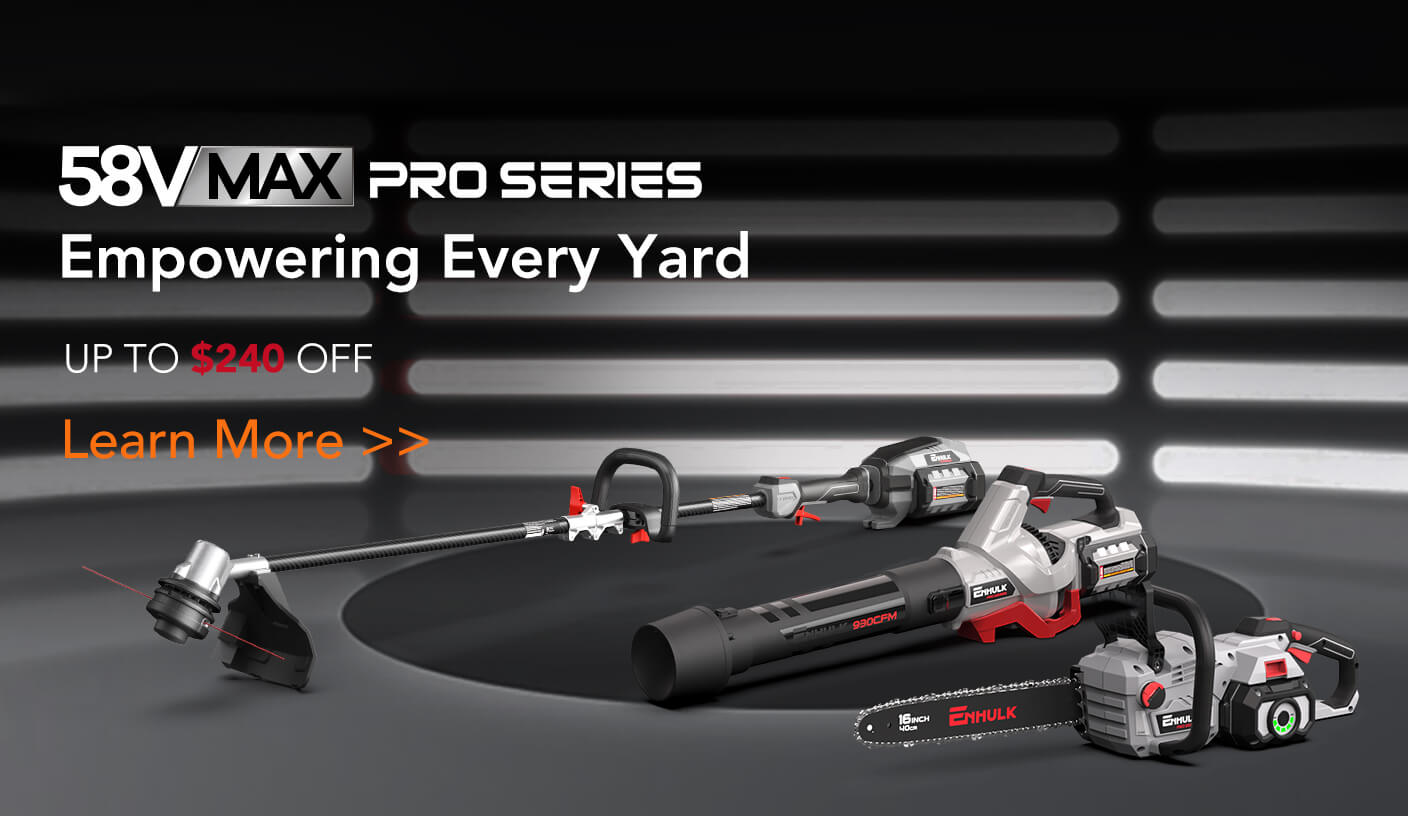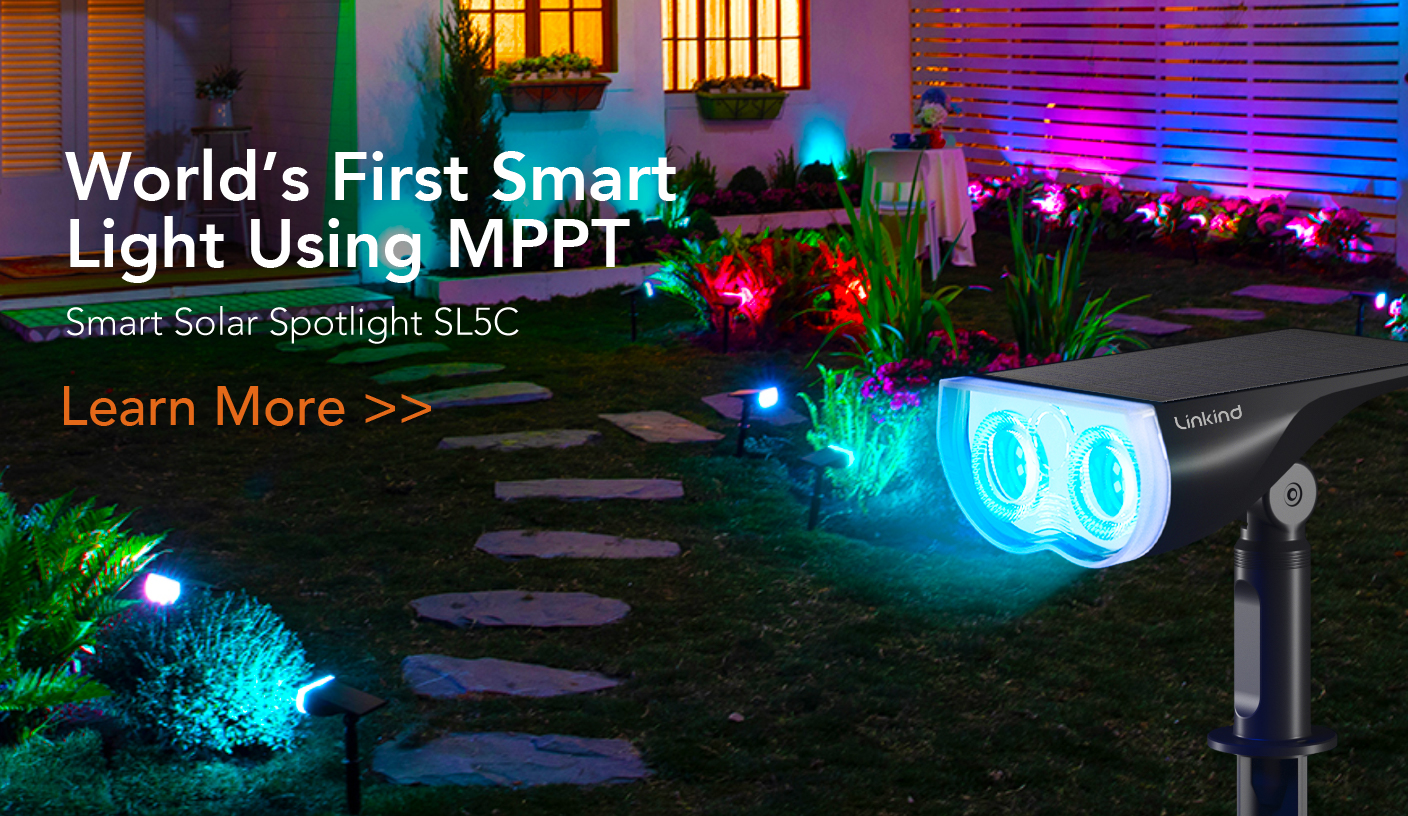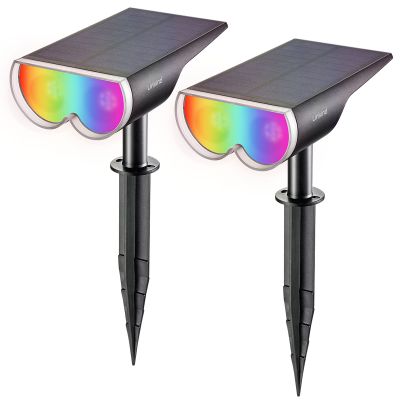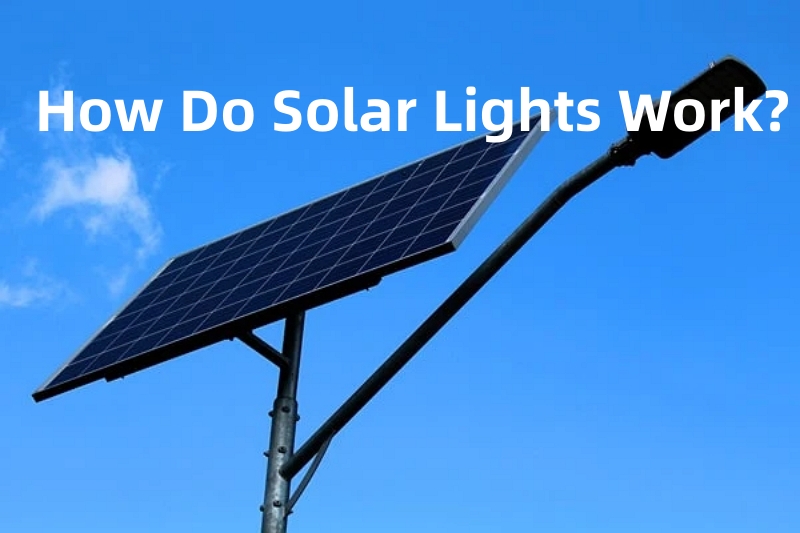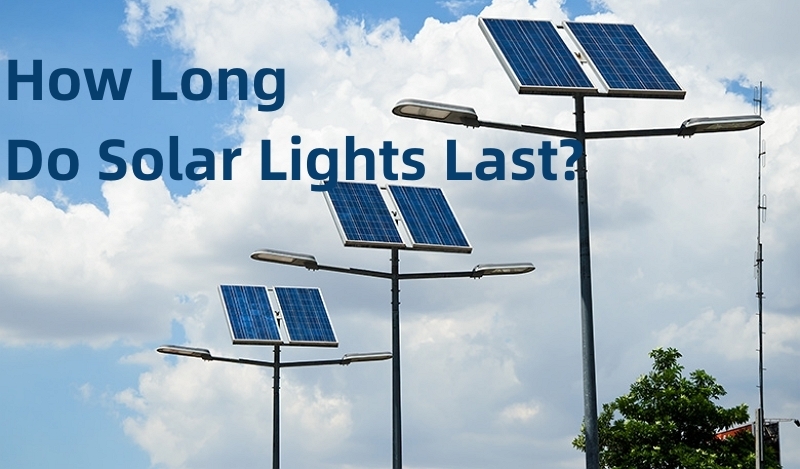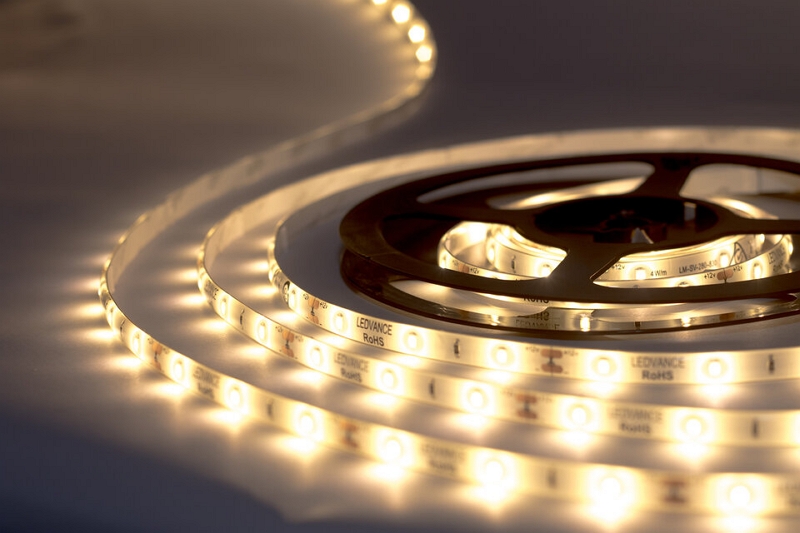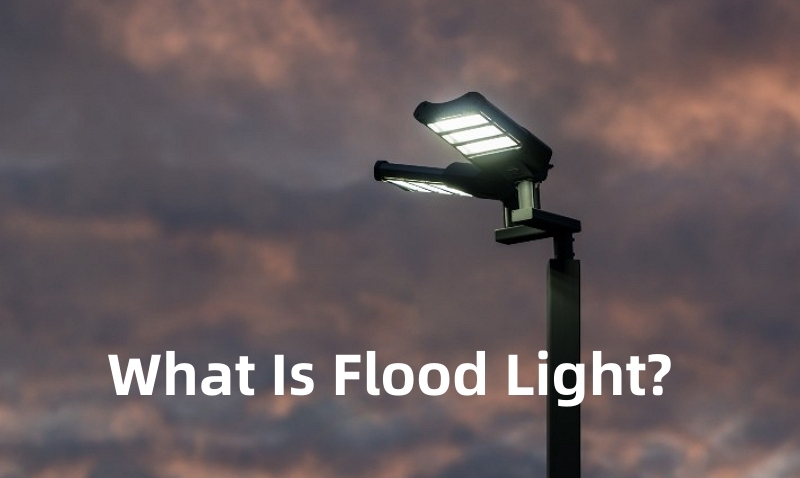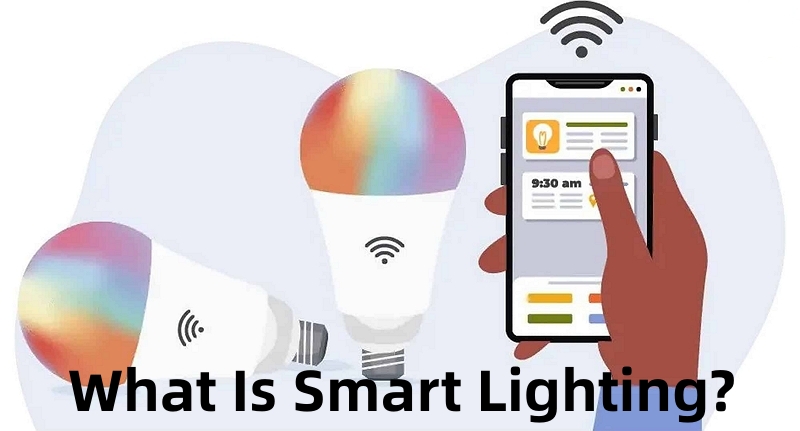Solar lights generate power through the sun - a renewable energy source - and illuminate your home all day. You can eliminate traditional lighting sources that need power obtained by burning fossil fuels. In addition, solar lights are versatile and flexible and save you money on your electric bills. According to Globe NewsWire, the solar lights market size is expected to reach $18.16 billion by 2029. However, the main question is, do solar lights need direct sunlight?
This guide will delve into the question “Do solar lights need direct sunlight” and also explore ways to maximize the solar lights’ output. So, let's get started!
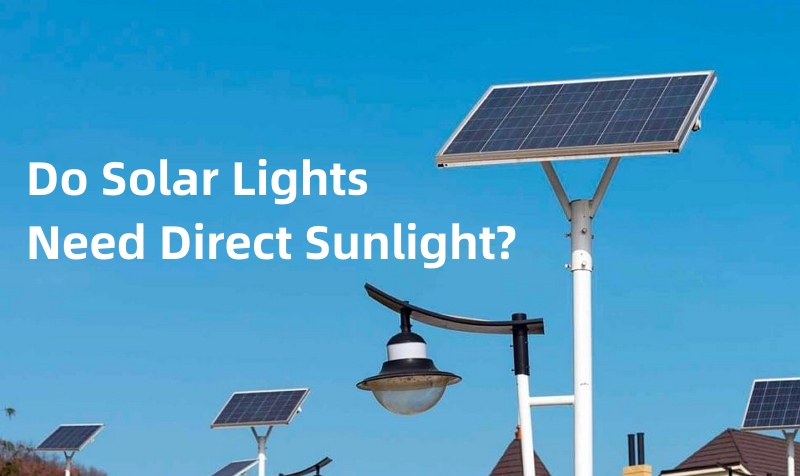

Part 1. How Do Solar Lights Work?
Solar lights utilize photovoltaic (PV) cells that absorb sunlight and generate an electric charge within the panel. This electrical charge is then transferred through wires from the solar cell to a battery, which is stored via a charge controller in the form of chemical energy converted until required.
This chemical energy is then converted into electrical energy when needed, and solar lights illuminate your space. However, remember that each solar cell can generate only 0.5 to 0.6 volts, and the current produced depends upon the size of the solar cell and the amount of sunlight received. Here are some common types of solar lights:
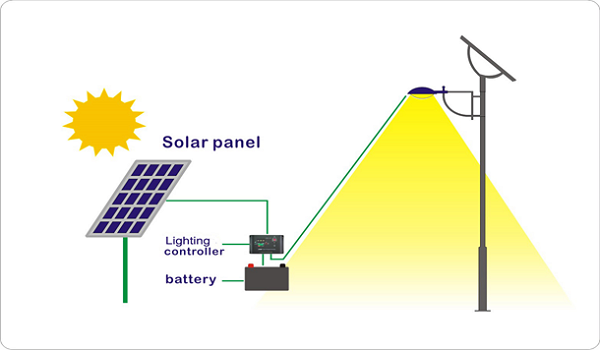

- Solar Flood Lights: These are used to illuminate larger areas, such as driveways, parking lots, or sports fields.
- Solar Spotlights: These are the brightest and are used to highlight specific features or objects. You can use them at work sites for security. Additionally, the brightness of these lights helps you get rid of pests.
- Solar Patio Lighting: With these lights, you can set a mood and light up any area in your home for entertainment or to create a relaxing environment.
Part 2. Do Solar Lights Need Direct Sunlight?
The simple answer to "Do solar lights need direct sunlight?" is subjective to the speed of the process. Solar lights require direct sunlight to function at their greatest capacity. Direct sunlight provides the highest light intensity and allows solar panels to generate maximum electricity. This energy is stored in the light's rechargeable battery, which powers the light when needed.
Typically, giving direct sunlight for 4 to 10 hours to your solar light is suggested. With 4 hours of direct sunlight, you can have a backup for around 6 hours. An 8-hour of direct sunlight offers power for up to 15 hours. Remember, the amount of energy they can harvest is reduced when solar lights are exposed to indirect sunlight or shaded areas, such as under trees or in cloudy weather.
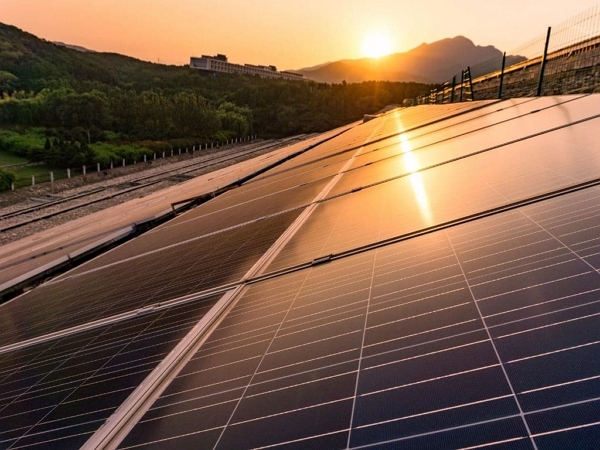

Part 3. Does Solar Lights Work in the Shade?
Although solar lights may work in the shade, their overall performance is significantly reduced. The photovoltaic cells in solar lights rely on sunlight to charge the lights' batteries. When solar panels are shaded or receive limited sunlight, their ability to generate electricity decreases. This results in reduced battery charging, which means shorter operating times for solar lights. Here are some examples of shade for solar lights:
- Trees and branches
- Buildings or other structures
- Overhangs or awnings
- Tall objects and obstacles
- Shadows from nearby objects
- Cloudy weather
- Indoor or enclosed spaces
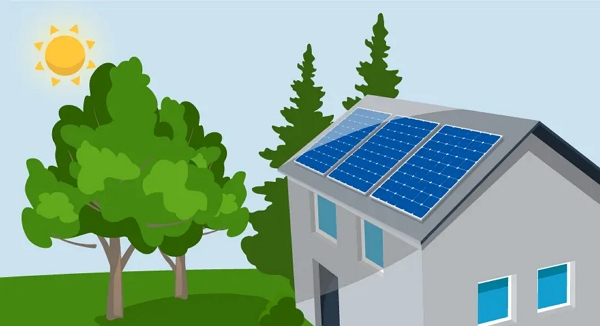

Part 4. Do Solar Lights Charge in Indirect Sunlight?
Do solar lights need direct sunlight to charge? Yes, solar lights work at their highest potential under direct sunlight. But does that mean these lights don't work under indirect light? No! Solar lights can charge in indirect sunlight, although the charging process may be slower compared to direct sunlight. However, if you want to quicken the charging procedure without relying on indirect sunlight, you can use other methods to charge solar lights. These include:
1. Use Artificial Lights
When natural sunlight is unavailable, you can use artificial light sources to charge your solar lights. Simple indoor lights, such as LED bulbs and incandescent or fluorescent lamps, can provide a decent amount of light energy for charging. Just position your solar lights near these artificial light sources to allow them to absorb the light and recharge their batteries.
2. Place the Lights Close to the Window
In winter, you spend most of your time indoors. So, during that time, you can position your solar lights close to a window to maximize their exposure to natural daylight. As UV rays can penetrate indoors, they help you charge your solar lights. Although the charging isn't as efficient as direct sunlight, you can still get enough lighting to survive through the day.
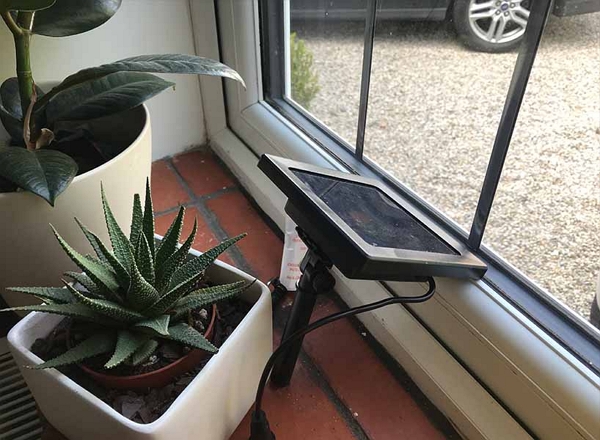

3. Consider Alternative Charging Methods
If the above options don't work, you may need to go toward alternative charging methods. Nowadays, some solar lights feature secondary charging options, such as a USB cable or an AC adapter. You can connect them to your power bank or other devices to charge. However, before considering this method, check the product manual or contact the manufacturer to identify if such charging methods are available for your solar lights.
Part 5. If You Are Looking for Solar Lights...
With its innovative design, the AiDot RGBW Outdoor Solar Landscape Light features a flexible solar panel that harnesses the sun's energy with high efficiency. It achieves a mind-boggling photoelectric conversion rate of up to 20%, ensuring you get the maximum from the glorious sun rays. What sets this spotlight apart is its ability to unleash a spectrum of colors that will transform your outdoor space into a captivating wonderland. With eight fixed colors at your fingertips and a dazzling auto-changing color mode, you have the freedom to create the perfect ambiance for any occasion.
Additionally, its IP67 waterproof rating guarantees unwavering performance during challenging weather. Therefore, rain or shine, you can trust the AiDot Solar Spotlight to illuminate your surroundings without compromising efficiency.
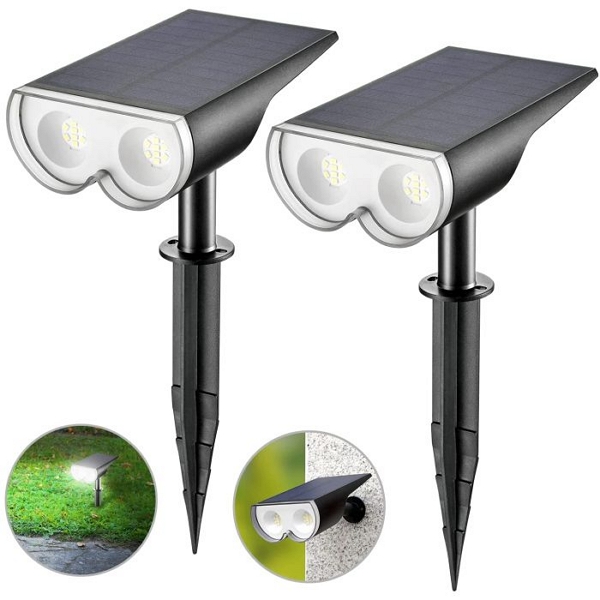

- Enhanced Brightness: With an impressive light output of up to 650 lumens and a 6500K color temperature, this product is 50% brighter than ordinary landscape lights.
- Flexible Adjustability: The horizontal rotation of 180 degrees and vertical adjustment of 90 degrees provide optimal positioning for maximum exposure to sunlight and precise lighting direction.
- High-Efficiency Solar Panel: The solar panel boasts an exceptional photoelectric conversion rate of up to 20%, harnessing solar energy efficiently.
- Versatile Installation Options: The product offers two installation choices - a ground stake or a wall bracket. This versatility allows for easy placement in various outdoor spaces such as patios, porches, decks, and more.
- Energy-Saving and Eco-Friendly: With FCC and CE certifications, the product guarantees energy efficiency and adherence to quality standards.
[Bonus Now]: Here is an exclusive coupon code only found in blog posts. Save it now (AiDotBG01) and get 10% off at AiDot mall!
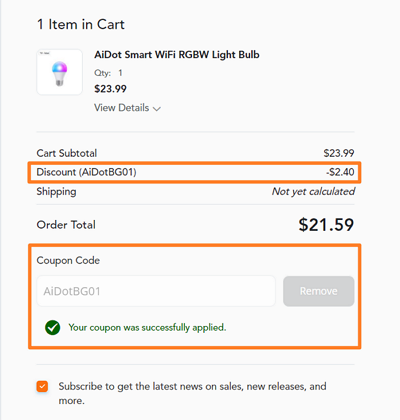

Part 6. How to Get the Most Out of Your Solar Lights?
1. Place Them Properly
To ensure your solar lights function the best, place them in an ideal outdoor space with direct sunlight, where they charge for at least 6 to 8 hours. Avoid shading them with trees, structures, or other objects that can block the sunlight. This makes sure that the solar lights get maximum exposure to the sun and produce brighter illumination at night.
2. Replace and Change Batteries When Needed
Solar lights use rechargeable batteries to store solar energy during the day and then power the lights at night. Over time, these batteries may lose their ability to hold a charge effectively. It's important to monitor their performance and replace them when necessary. If you notice your solar lights are dimmer than usual or not staying lit for long periods, it's likely time to change the batteries.
3. Keep Them Away from Other Artificial Lamps
Placing your solar lights near other artificial light sources significantly reduces their effectiveness. This is because nearby artificial lamps confuse the light sensors in solar lights, causing them to turn off or not activate properly. So, to optimize their performance, keep your solar lights away from other light sources, especially those with similar wavelengths.
Conclusion
Do solar lights need direct sunlight? Yes, but this doesn't mean that your solar lights won't function in shady or indirect sunlight. Though the performance of solar lights may not be the same as direct sunlight, you can still use them to illuminate your space for a few hours. You can also boost the overall efficiency of your solar lights by replacing batteries when worn out or by placing them properly. If you need an excellent solar light, don't forget to check AiDot RGBW Outdoor Solar Landscape Light. It's colorful, eco-friendly, and helps you save money. Contact us and grab yours now!











